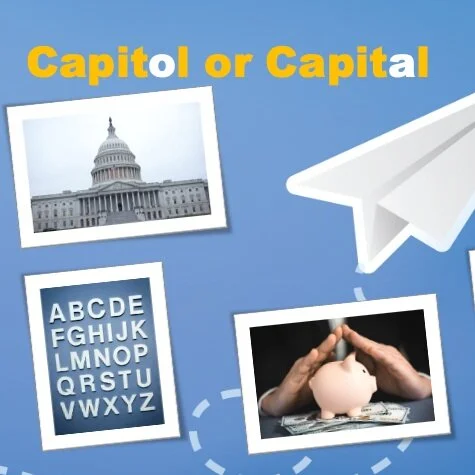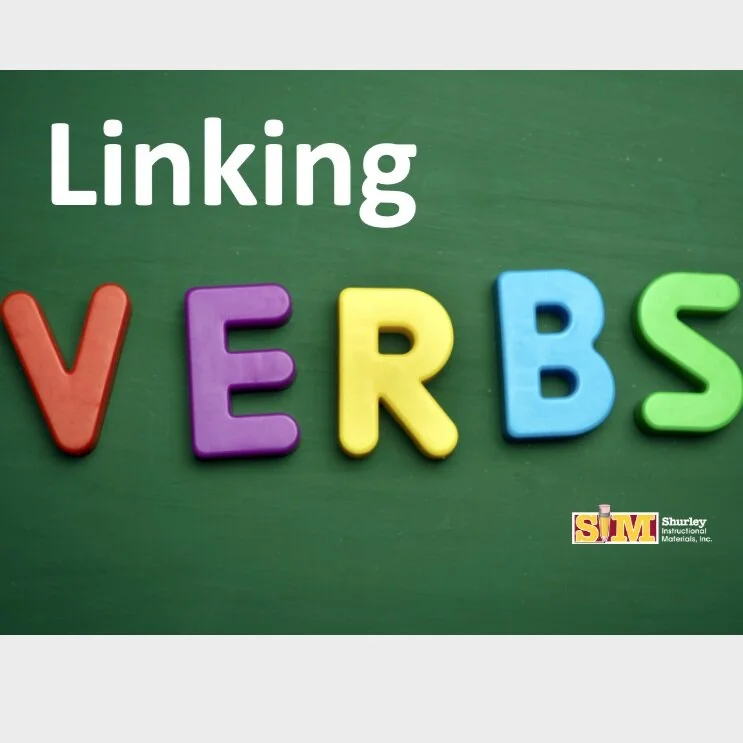Grammar Extension: The Empowering Acrostic Poem
/The ideal scenario for the first couple months of a new school year would be a classroom running smoothly. You want to be comfortable with your daily schedule and know that you can meet the needs of all of your diverse students.
Realistically, some of you may already feel like the expectations and duties increase even more as the fall progresses. Before you become consumed with the busyness of the new school year, always remember this: “YOU are a TEACHER!” You are the one that works to mold the future. You make an incredible impression and impact in the lives of all the students who enter your classroom.
This year is a brand new one, and if you’re ready to level-up your teaching, you should consider this question: “What kind of teacher do you want to be this year?”
Read More










































































































